The long hot summer of 1976 saw the Montreal Olympics, Bjorn Borg win Wimbledon for the first time and Johnny Miller clinch the British Open title. It also witnessed England’s mauling by the West Indies with a rich seam of talented cricketers. A 3-0 series defeat somewhat flattered England as Viv Richards smashed 291 at the Oval. However, what might a South African test side have achieved at this time?
The Proteas had already been in exile for six years as the apartheid regime continued to stain the country’s reputation. In a perfect world sport would have nothing to do with politics; however the reality was different as players unwittingly became diplomats for the country they represented. Pressure had steadily grown since segregation in 1948 and the continued exclusion of non-white players. The catalyst arrived on the heels of a proposed MCC tour to South Africa in 1968-69.
Basil D’Olivera had been a member of England’s test side since 1966. A dip in form had led to his omission but injuries to other players prompted an invitation to join the MCC party. A native of Cape Town, D’Olivera was of Indian and Portuguese ancestry. The South African Government were adamant the tour could not go ahead if D’Olivera was selected. Both sides argued over the politics of Dolly’s selection but the schism was close at hand. In March 1970, South Africa beat Australia by 323 runs in the 4th Test at Port Elizabeth to win the series 4-0. It would be their last official test match for 22 years.
But what if we lived in that perfect world and apartheid had never reared its ugly head. South Africa’s golden generation would have been a formidable combination at test level, most of whom plied their trade in county cricket. If we sat on a virtual board of selectors who would have made it into the team that never was?
The opening bat would be the prodigiously talented Barry Richards of Hampshire. In that test series against Australia he scored 508 runs and averaged 72. He won the last of 4 test caps at Port Elizabeth where he scored 126. Richards enjoyed a glittering first class career hitting over 28,000 runs including 80 centuries and a top score of 356. In his first season with Hampshire (1968) he scored an astonishing 2,395 runs and formed a lethal partnership with Gordon Greenidge. Richards would have opened with the bespectled wizard that was Eddie Barlow. The man from Pretoria played in 30 tests and was captain of Derbyshire in the mid-70s. Stockily built with glasses Barlow soon acquired the Billy Bunter tag. However, this belied a fiercely competitive cricketer. Unusually for an opening batsman he was also a useful medium pace bowler and took 40 test wickets with an average of 34.
In at number 3 Graeme Pollock, the kingpin of cricket’s first great dynasty. The younger brother of Peter and uncle to Shaun, the family have 159 test appearances between them. Pollock is one of only two players in this virtual line-up never to play county cricket, having spent his domestic career with Eastern Province and Transvaal. Approaching his peak when the ban took effect Pollock hit an individual score of 274 in that final fateful series. Australian captain Bill Lawry remarked on his extraordinary power, and that he had never seen anyone hit the ball quite so hard.
Into the middle order and we have Clive Rice at number 4. Agonisingly he was selected for the 1971-72 tour of Australia that never happened. So instead concentrated on a thriving career with Nottinghamshire where he led them to the County Championship title twice. Rice had a massive presence and his stats are wildly impressive. In a first class career he scored 26,000 runs with an average of 40 and 48 centuries. A sound medium pace bowler Rice took 930 wickets at an average of 22. He also took over 400 catches to complete the demonstration of a complete all-rounder; irrefutable evidence of a special player whose best years were lost during the ban.
Perhaps controversial and a wildcard at number 5 is Kepler Wessels, who in 1976 would have been a child of tender years at just nineteen. However, Wessels already had three seasons with Orange Free State under his belt and had just joined Sussex as an opening bat. He went on to enjoy a wonderfully varied career playing 24 tests for Australia and a further 16 for South Africa. He was a whizz kid with raw potential who might just have made the cut.
Anchor of the middle order would be Mike Proctor of Gloucestershire; a colossus with bat and ball. He had just broken into the test side when the ban was imposed. In 7 test matches he took 41 wickets at an average of 15 with only his batting prowess to emerge at test level. He starred for Gloucester over a period of 16 years and took an awesome 1,417 first class wickets. His batting achievements were more modest with an average score of 36 but still managed 48 centuries. I have clear memories of BBC2’s coverage of the John Player League on Sunday afternoons; and Proctor steaming down the wicket to claim a hattrick. An inspirational player and like so many featured here an automatic selection.
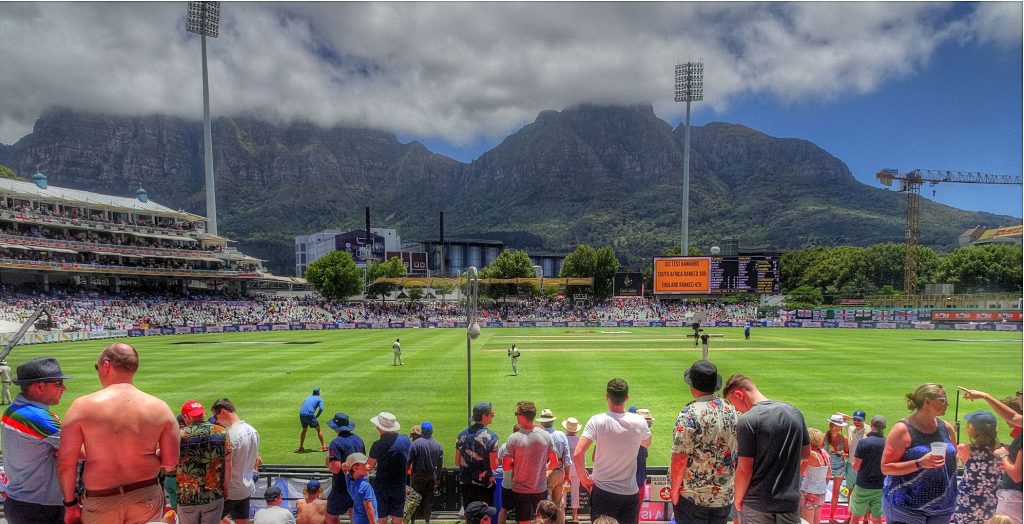
The position of wicket-keeper is a more taxing dilemma. Whilst pre-ban internationals Dennis Gamsy and Dennis Lindsay might stake a claim, I would hand the gloves to Ray Jennings. In a twenty year career with the Transvaal sides he took 567 catches and 54 stumpings. Jennings was also a useful batsman scoring over 4,000 runs with a top score of 168. He is further proof the apple never falls far from the tree; his son Keaton plays for Lancashire and is a current England international.
The lower order would begin with Norman Featherstone, an off-spinner who scored 12 first class centuries. In a long career with Middlesex Smokey maintained an extremely tidy bowling average of 27. At number 9 is Garth Le Roux, a pace bowler with real power and menace. He played for Sussex between 1978 and 1987 taking 393 wickets at an average of 23. An added bonus was Le Roux’s ability with the bat. He once scored 83 and compiled a highly creditable batting average of 28.
Following him at number 10 we have Vintcent van der Bijl. Like Clive Rice he was selected for the same aborted tour of Australia in 1971-72. Interestingly, van der Bijl qualified as a teacher and played as an amateur for Natal. He eventually quit teaching and subsequently had one season with Middlesex in 1980. It was a very good year as helped them to the County Championship and victory in the Gillette Cup. An excellent medium pace bowler he took over 767 wickets at an average of 16. No slouch with the bat either; van der Bijl top scored 87 with an average of 16. The number 11 would be Rupert Hanley, a pace bowler in the same mould as Le Roux. Hanley had one season at Northamptonshire in 1984; and with 408 wickets and an average of 20 he was another great talent lost to test cricket.
This team has mind blowing potential consisting of players who would all have been at their peak in 1976. The only exceptions would be Wessels and Jennings as young bucks making their debut. Whilst Barlow, Rice and Proctor captained their respective counties, it could only really be Graeme Pollock as skipper. An embarrassment of riches would have been available to him; seven frontline bowlers providing a variation of pace and spin; Le Roux and Hanley opening the bowling with Mike Proctor as first change?
Fragments of this team did actually play together in a number of unofficial games. Kerry Packer’s World Series Cricket tournaments in the late 70s featured sides playing under the South African banner. Similarly, rebel teams from England, Sri Lanka, West Indies and Australia played South Africa in the 1980s. But the rebel tag that clung to these games denied them any shred of credibility.
With the evils of apartheid consigned to the history books South Africa’s sporting rehabilitation seems complete. However, there are still residual effects of isolation. Tony Greig, Allan Lamb and Robin Smith all enjoyed England test careers. Would they have not chosen their country of birth had things been different? Players straddling the end of the ban were also affected; Allan Donald lost the first five years of his test career and might have been nudging towards 500 test wickets instead of 330. Contemplating the ifs takes us down a rabbit hole of possibilities; but also provides the opportunity to imagine the greatest test side never to take the field.
Brian Penn

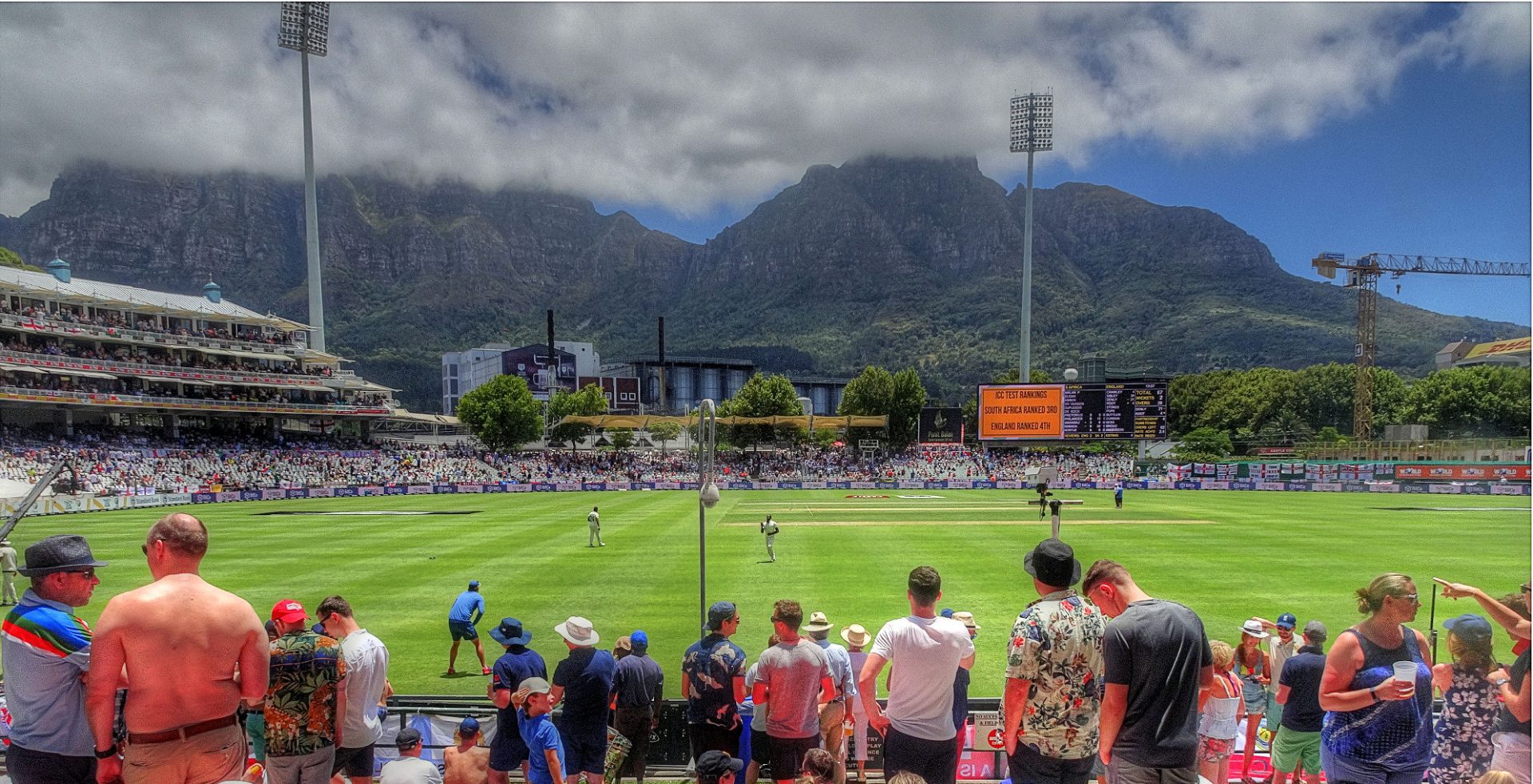

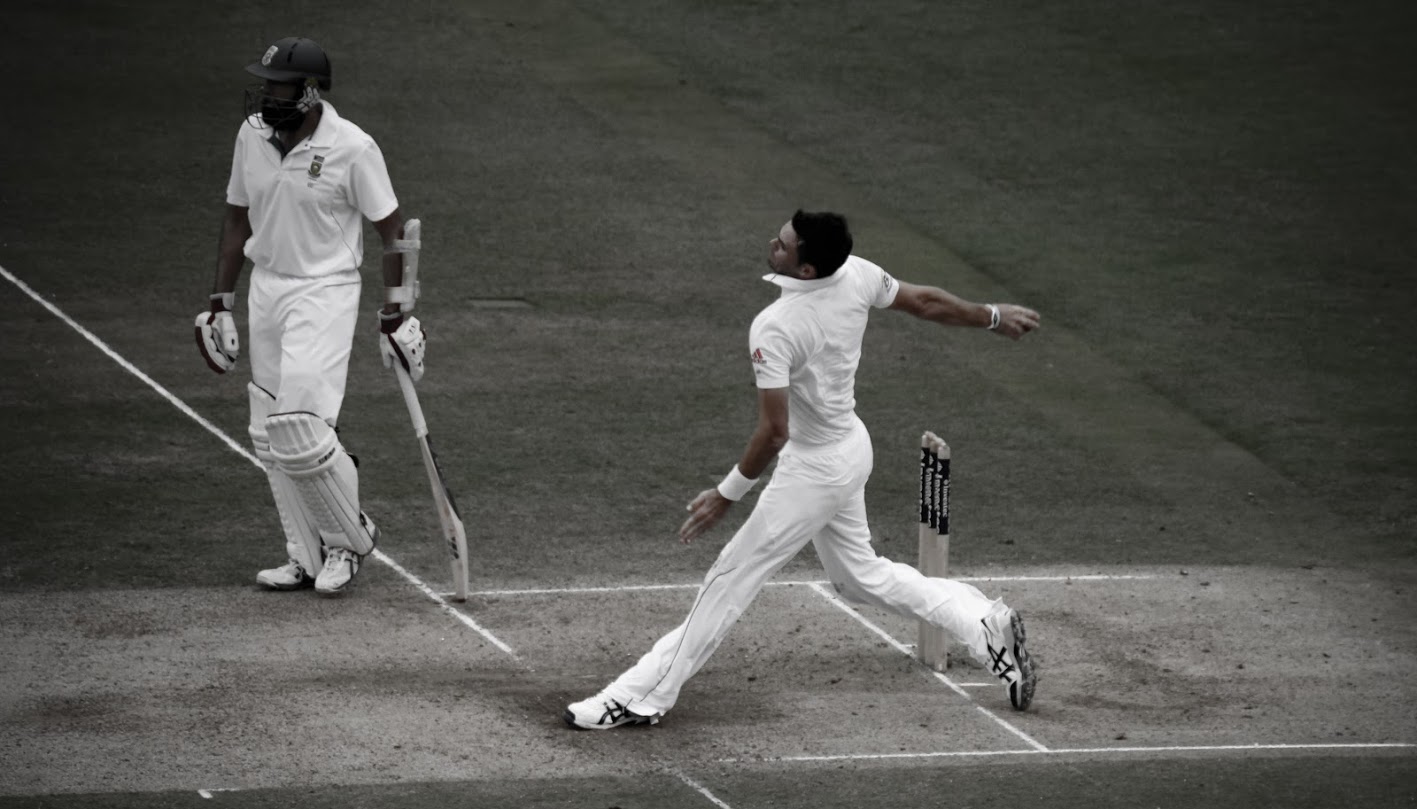
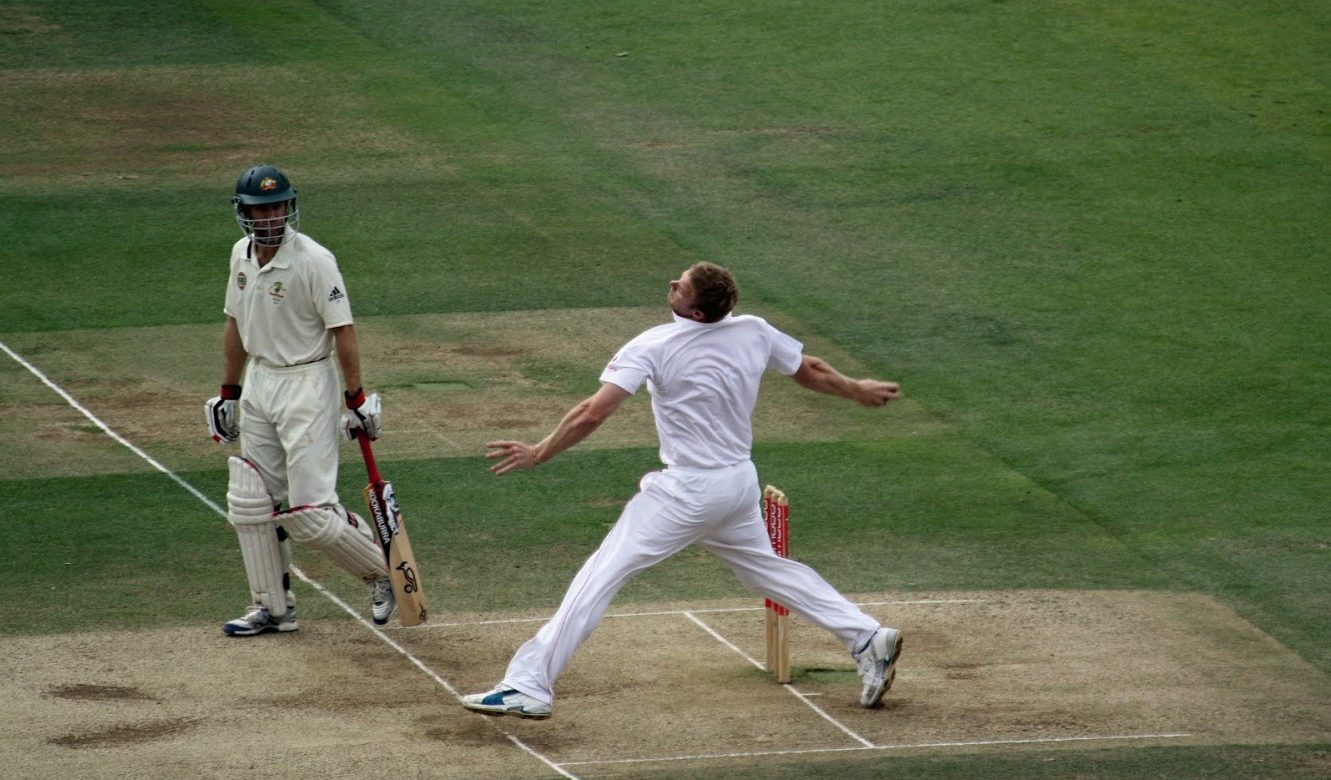
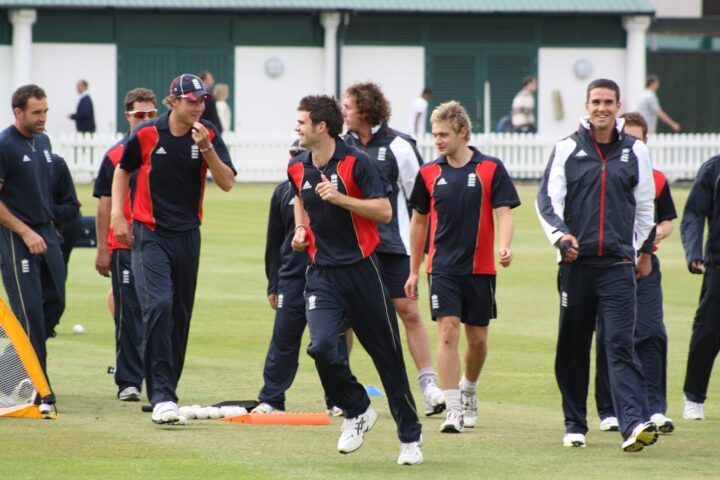
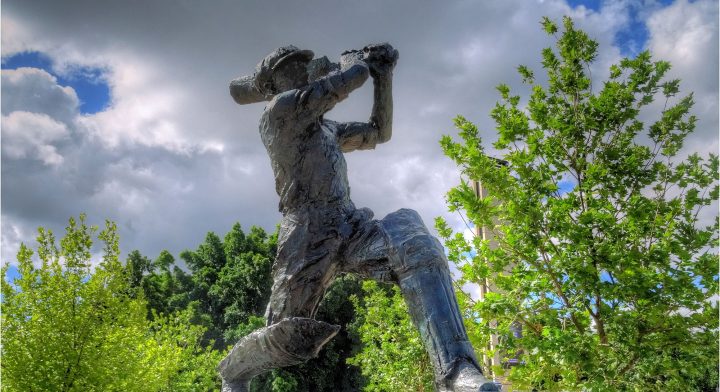


If one creates an alternative world where apartheid never existed, and the South African cricket team can play tests round the world, then surely the team would be multi-racial, with players from the vast majority of South Africa’s (non-white) population being selected alongside the white players who were the only ones who were allowed to represent SA in the ‘real’ world?
Then the team would be even better! It’s not bad with just the white players :-)
Selecting from a small privileged minority is a self-defeating approach. But enough about England’s batting line up….
😂 lol
Yes, I think that was part of my point!
Very interesting perspective. I saw Van der Bijl bowl quite a bit at Lord’s. If he was medium pace then so was Jeff Thomson who followed him soon afterwards. He had a magnificent action. I am biased in that I think Barry Richards is the greatest player I have ever seen bit many people say Pollock was better. Lovely article. A thoroughly entertaining read.
I agree with you, Leonard, on all points. I saw VderB several times in his Middlesex days and although he was probably not genuinely fast, he was certainly more than medium pace – also his action was more akin to a quick than to a medium pacer. The other notable thing about him was his size! In the days before gym bunnies he had a huge physique.
I also agree about Barry Richards. It’s often said that no one is bigger than the game, but I think you could make a case for the fact Richards in his pomp was bigger than County cricket ! He treated even decent attacks with disdain. I have never seen another batsman who looked in such total command when he was at the crease.
As you say, a thoroughly entertaining piece.
Nice article but a few questionable calls or outright mistakes:
1) It’s hard to argue England were flattered by 3-0 in 1976. They saved the First Test comfortably and were nearer to winning the Second than WI. WI weren’t at full strength in either game – but then England had injuries as well. The Fourth Test was also quite close (and a really outstanding Test match – most of which I sadly missed) so it was two matches where England were absolutely annihilated.
2) Graeme Pollock never batted at No.3. One solution might have been to drop the aging Barlow to No.3 and find another opener. However the obvious solution would have been to pick Ken McEwan. McEwan had been playing for three years at that stage, was a specialist No.3 and scored a stack of runs when he came to the CC for Essex (he was one of Wisden’s Five in 1978). There’s also the forgotten figure of Lee Irvine who did very well in his one Test series and had CC experience, however he wasn’t a No.3 either.
3) Another commenter has taken on the decription of Van der Bijl as “medium” pace – he was an extremely lively fast-medium.
4) Norman Featherstone was more of a part-time spinner and higher order batsman. His batting stats don’t represent his place in the order but that he tended to flatter to deceive.
5) Mike Proctor took his famous hat-trick not in the Sunday League but in the B&H Cup in 1977 (hence he was off his famous full-length run). His victims Richards-Jesty-Rice were a tidy trio, especially as he’d already clean-bowled Greenidge.
I’d reckon their team: Richards, Barlow, McEwan, G Pollock, Irvine, Rice, Proctor (c), Jennings, Le Roux, Van der Bijl, Hobson. I’m assuming Rice, Proctor and Barlow were all fully fit to bowl which wasn’t always the case (Rice became virtually a specialist batsman when playing for Notts but earlier on in 1976 was a genuine all-rounder). The spin department was a bit iffy (would Hobson’ leg-spin work in England? Off-spinner John Traicos was another option) but very strong in batting, seam bowling options and close catching.
Great read and who knows. That was a great South African line up. The only thing that I would say is when were the Windies at their peak? In ‘76 they were just starting out. But that is probably another article worth writing about.
Apartheid did exist, was an evil regime and SA was appropriately banned. End of story!
And look at the state of the place now. I lived their in the early 70s with multi race friends, and it was nothing like what was reported constantly Internationally.
If SA hadn’t been banned can you just imagine you would have had 3 fabulous sides competing, SA, Australia and WI’s. Such a pity.
Apartheid could hardly have come at a worse time for South Africa. The Packer circus only sctratched the surface of what might have been and of course English cricket benefitted big time both on the county and country scene with a succession of great names choosing England as their residential country. These days foreign mercenaries come and go, often only lending their weight to a county for one competition. Then players moved here to play for their counties full time, often ending up captaining them and spending virtually their entire careers with that county, with no international calls to distract.
If the IPL had existed then would they have been principled enough not to recruit these players or would the lure of their crowd drawing potential have proved too tempting.
If anyone wants to watch film of some of the players under discussion here the 1970-71 Rest of the World series and the Packer matches are well-covered on Youtube. Several can also be seen playing for their counties in televised matches. For example Barry Richards can be seen scoring 129 in a county one-dayer against Lancs and making a match-winning century in the final Packer ‘Super-Test’.
There’s pitifully little good film of Mike Proctor at his peak – except the famous hat-trick.
Other sports didn’t ban SA in the 1970s. There was an infamously ugly rugby tour of NZ in the late 1970s. It might not be the same not being a team sport but I wonder how many people know that F1 continued to race in SA – and that the last fatality of a British driver in a Grand Prix was of Tom Pryce at Kyalami in 1977?
Some deep diving managed to find the SA 1975/76 domestic averages. Assuming they didn’t have Ed Smith in charge and selected a team based on domestic form, their team might have looked something like this…
Firstly, some expectations are fulfilled. Richards and Pollock topped the batting and Van der Bijl was second in the bowling (with Hobson, my candidate for spineer, fourth). However some original selections do indeed justify their places. Hanley topped the bowling averages and out-performed Le Roux. Wessels was third in the batting although he didn’t play a full season and had two not outs to bolster his average. Two CC stalwarts, Peter Kirsten and Jimmy Cook, had solid seasons as did someone I’ve never heard of, J.G. Heron. Proctor was unable to bowl pace after a bad knee injury in 1975 but he was back to bowling in the English 1976 season.
Tour party: Richards, Cook, Kirsten, Pollock, Heron, Wessels, Rice, Barlow, Proctor, Jennings, reserve keeper, Le Roux, Hanley, Van Der Bijl, Hobson, Trimborn.
Starting XI: Richards, Cook, Kirsten, Pollock, Barlow, Rice, Proctor (c), Jennings, Van der Bijl, Hanley, Hobson.
A tough team to beat. I’d reckon they’d have won 3-1 (the defeat coming on an Underwood-friendly pitch).
Remember watching a Hampshire v Warwicksire county match in the early 70’s when Barry Richards opened with Greenidge. The pitch was close to the pavillion side edge of the square and netting had been put up to protect the punters in the pavillion stand. As it turned out cars parked over the back of the pavillion were in most danger. Greenidge had limped to the crease, always a bad sign as he wouldn’t be doing much running with the lordly Richards, the finest batsman I ever saw live outside his Windies namesake. With a mixture of brutality and elegance they put on over 200 in the first session. By the end of it the umpires had stopped waiting for ball boys to retrieve balls from the car park and had a continually re-stocked box of balls to bring on and choose from to save time. I know memories can get distorted over time but this sticks in my mind as being the most dominating exhibition of batting I can remember.
Reply to Marc Evans
My dad told me that Barry Richards was the best batsman he’d seen and said what a (necessary) loss it was to international cricket that the South African players of that era couldn’t test themselves against the best.
He would also describe Colin Bland as the best fielder ever. Footage of Bland’s exhibitions and the glowing description of this in his Wisden obituary go some way to supporting this argument.
The position of wicket-keeper is a more taxing dilemma.
keep up the good work nd share more blogs with us..
Interesting. I’ve seen many of the players mentioned in English county cricket, especially Clive Rice as I was a Nottinghamshire member in the early/ mid 1980’s. Was Jimmy Cook too young in 1976? And wasn’t an England tour of South Africa very tentatively pencilled in for 1975/76 in the hope that the political situation might have changed by then. There was no winter tour in 75/76, for that reason I think. By the way, it’s Procter, not Proctor.